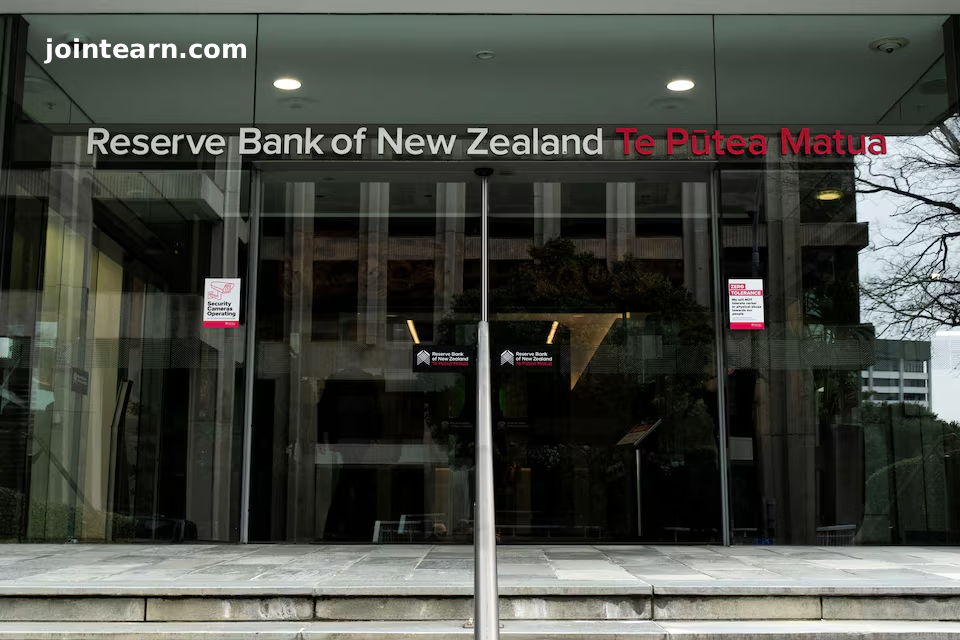
The Reserve Bank of New Zealand (RBNZ) has confirmed a significant reduction in its workforce, revealing that nearly 20% of its staff have been laid off since March 2025. The central bank’s latest disclosure, made public in official documents on Wednesday, underscores the impact of ongoing budget cuts and organizational restructuring across the nation’s top financial institution.
Major Staff Reductions Following Budget Cuts
According to a fact sheet released by the RBNZ, the number of employees has fallen sharply — from 688 at the end of March to 554 as of October 13, 2025. The data shows that 68 employees were made redundant as part of the bank’s restructuring efforts, representing one of the most substantial workforce reductions in its recent history.
The central bank initiated the downsizing following the New Zealand government’s decision in April 2025 to reduce the RBNZ’s budget by 25% for the 2025–2026 fiscal year. The move was part of a broader push by the government to rein in spending and streamline public sector operations amid slowing economic growth and rising fiscal pressures.
RBNZ’s Structural Overhaul
In response to the funding cuts, the Reserve Bank of New Zealand began a wide-ranging organizational overhaul earlier this year. The restructuring aims to modernize internal operations, improve efficiency, and prioritize essential financial stability functions while scaling back on non-core activities.
RBNZ officials have stated that the changes are necessary to ensure the bank remains agile and capable of delivering on its monetary policy and financial regulation mandates, even with fewer resources.
Industry analysts note that the staff cuts reflect a broader trend among global central banks facing increased scrutiny over operational efficiency and rising administrative costs.
Economic and Policy Context
The central bank’s workforce reduction comes as New Zealand’s economy continues to grapple with persistent inflationary pressures, high interest rates, and slower consumer spending. The RBNZ has maintained a tight monetary policy stance throughout 2025 to contain inflation, which remains above the target range despite signs of easing in global commodity prices.
The staff reductions may also signal an effort to align the bank’s structure with evolving economic realities, particularly as technological integration and automation reshape financial sector operations.
Government and Public Sector Restructuring
The RBNZ’s budget and staffing adjustments are part of a wider fiscal consolidation effort by the New Zealand government, which has asked multiple public agencies to implement cost-saving measures. The government aims to reduce overall spending without compromising key services, including monetary policy, banking supervision, and currency management.
Observers say that while the cuts may help balance budgets in the short term, they could also pose challenges for institutional capacity and limit the central bank’s ability to respond swiftly to emerging economic risks.
Looking Ahead
As the Reserve Bank of New Zealand continues its restructuring process, attention will turn to how these changes affect its operational performance and policy execution. With global central banks — including the Reserve Bank of Australia, Federal Reserve, and European Central Bank — facing similar pressures to optimize resources, the RBNZ’s experience may offer insights into the future of leaner, tech-driven financial institutions.
Despite the reduction in staff, the central bank has reiterated its commitment to maintaining stability in New Zealand’s financial system, ensuring effective monetary policy delivery, and supporting the nation’s long-term economic resilience.
Leave a Reply